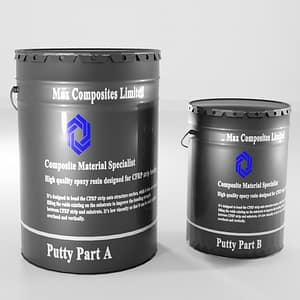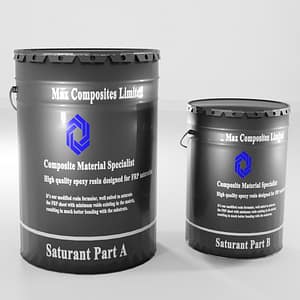Resin Products
The primary functions of the resin are to transfer stress between the reinforcing fibers, act as a glue to hold the fibers together, and protect the fibers from mechanical and environmental damage. Resins used in reinforced polymer composites are either thermoplastic or thermoset.
There are two major groups of resins that make up what we call polymer materials—thermosets and thermoplastics. These resins are made of polymers (large molecules made up of long chains of smaller molecules or monomers).
Thermoset resins are used to make most composites. They’re converted from a liquid to a solid through a process called polymerization, or cross-linking. When used to produce finished goods, thermosetting resins are “cured” by the use of a catalyst, heat or a combination of the two. Once cured, solid thermoset resins cannot be converted back to their original liquid form. Common thermosets are polyester, vinyl ester, epoxy, and polyurethane.
Thermoplastic resins, on the other hand, are not cross-linked and, so, can be melted, formed, re-melted and re-formed. Thermoplastic resins are characterized by materials such as ABS, polyethylene, polystyrene, and polycarbonate.



